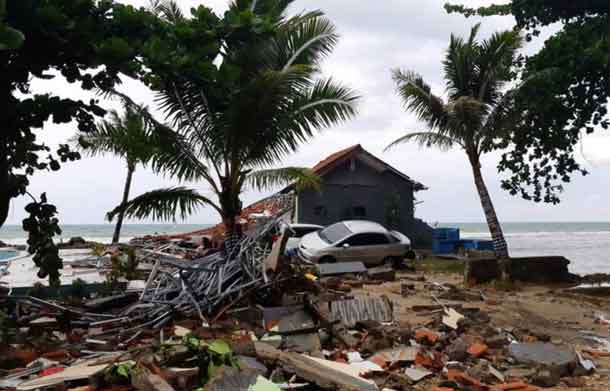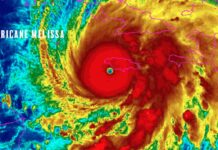There has been severe damage caused recently across the planet by extreme weather events. From tsunamis in Indonesia to floods across the USA and debilitating dust storms in China, the world’s weather has gone crazy, and the effects are causing loss of life and enormous financial costs in the form of repairs and clean-ups.
These are indeed natural events, and we have for a very long time simply dealt with the aftermath of the events and continued as per usual after the clean-ups were done. However, these events are becoming more extreme and more frequent, resulting in greater damage and societal upheaval. These are changes that are arguably brought about by climate change.
Climate change and the resultant extreme weather changes are causing major damage and threaten public safety and are being dealt with by public safety departments. It is these national departments and administrations that need to be further expanded to deal with the ever-changing local weather systems.
Long-term management of severe weather
The long-term management of these communities and areas can only be thoroughly dealt with by professional and non-partisan public administration. One of the easiest ways to ensure that these skills exist on a local level is to encourage professionalism, such as through the taking of an online MPA in New York. The ability to proactively improve a community is one of the most in-demand skills at the moment, and the only way to manage these issues in the long term is to have the right skills at the local level.
We know and understand that climate change is causing severe weather changes, and it is no longer sufficient to simply deal with the fallout from these events.
Long-term planning and change
The manner in which we build, design, and live as a whole needs to be adjusted and improved, and this can only be done with thorough forward planning. Take, for example, places like Florida, which has seen dramatic sea rises in recent times, with over 100,000 properties affected on a yearly basis. It’s been subject to massive regeneration and repair projects, costing huge amounts of money. The preferred and alternative process would be to begin to deal with the issue by changing how housing is designed and built.
If there will be no South Beach nor Ocean drive in Miami in the next 30 years, the city will have changed forever and not necessarily in a good way. These are the expected results of a weather system that has changed and will only be halted or adjusted over the long term. In the meantime, there needs to be adjustments made to make living with this weather less dangerous and costly.
This requires detailed planning and possibly the movement of current residents and housing.







